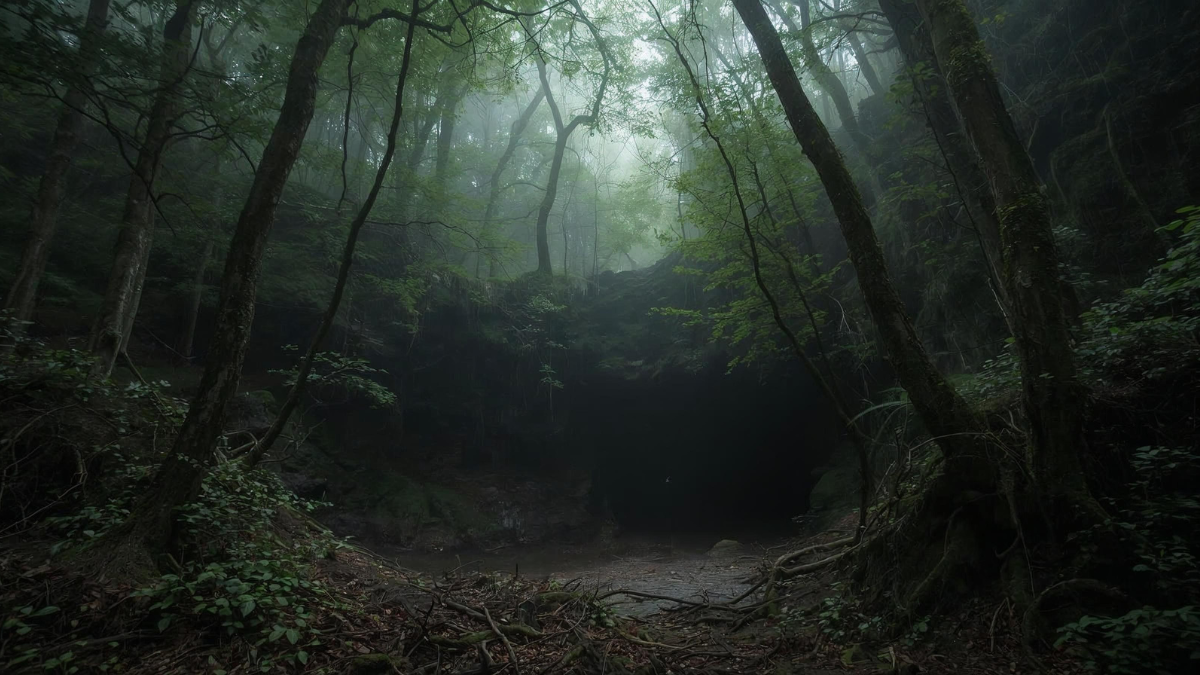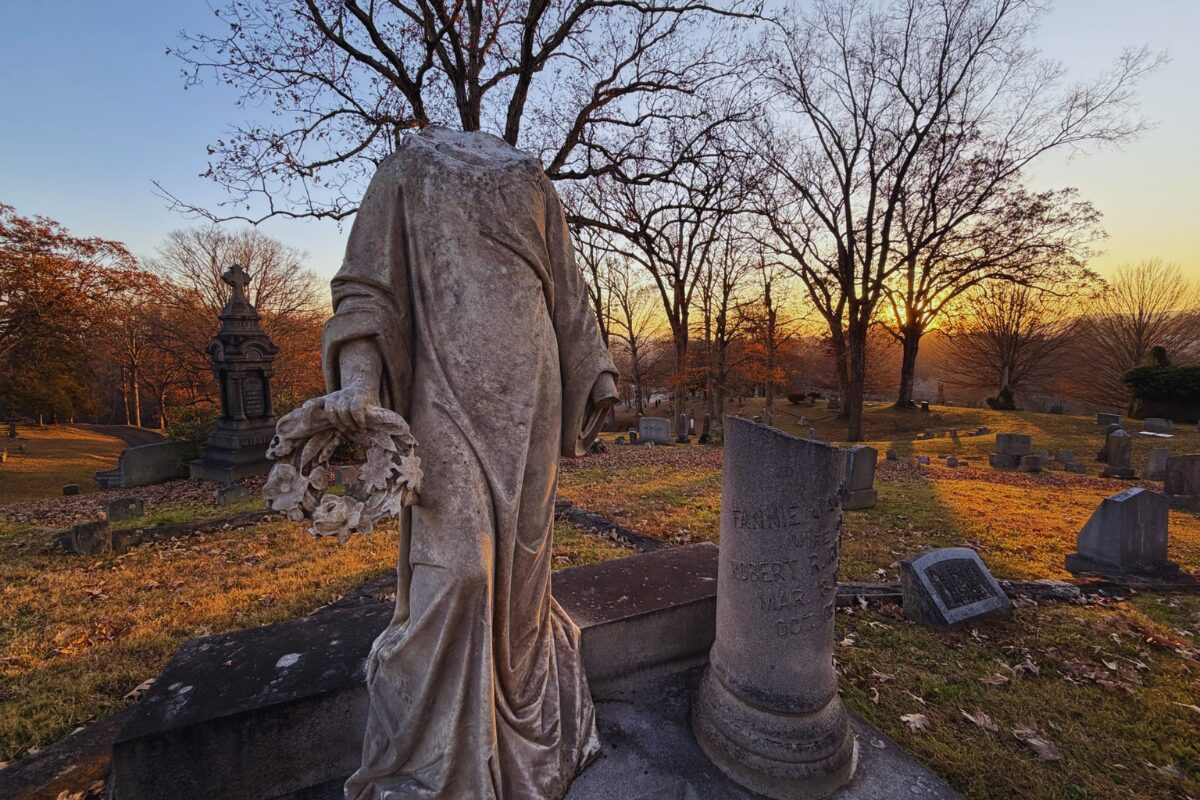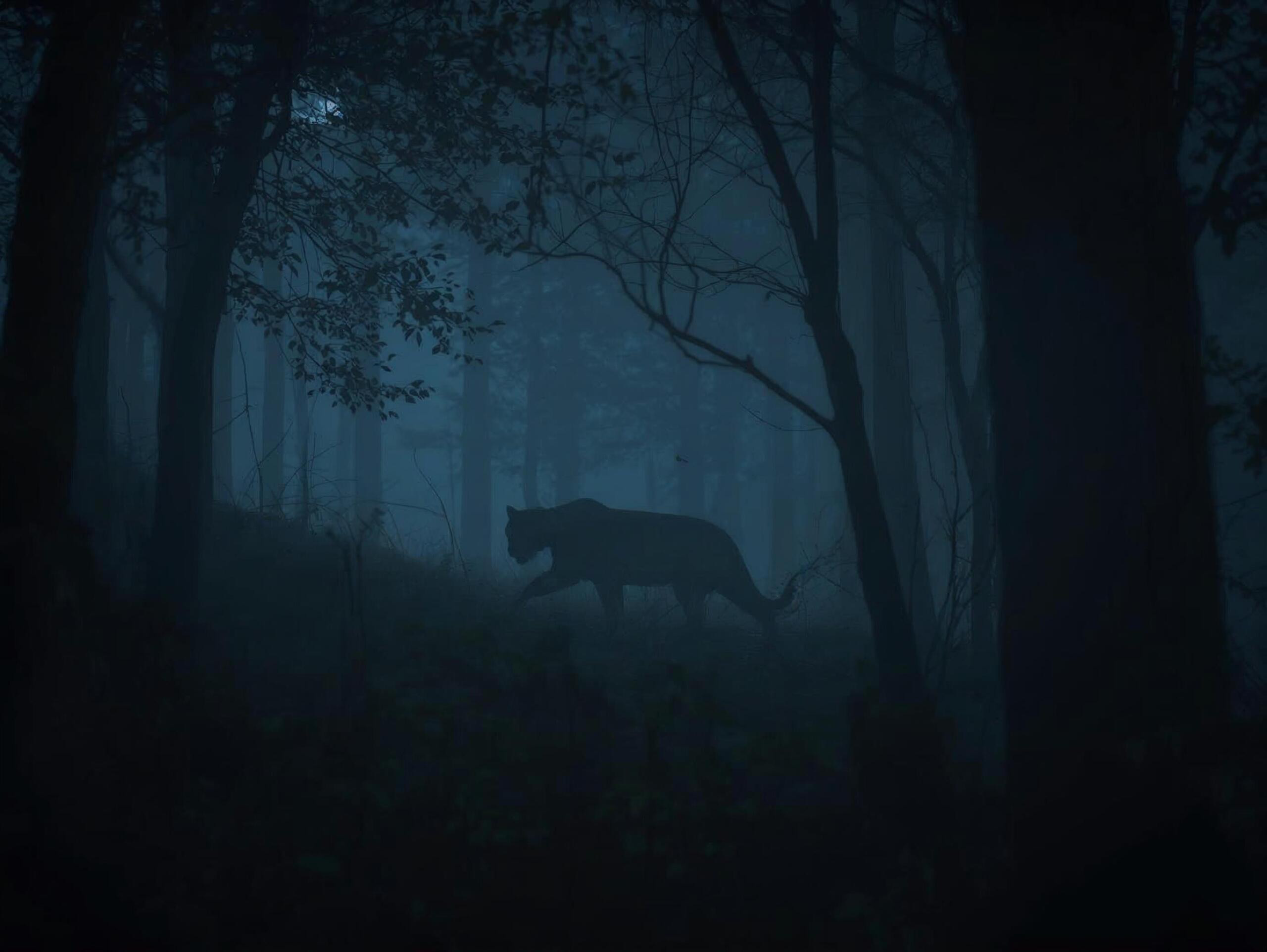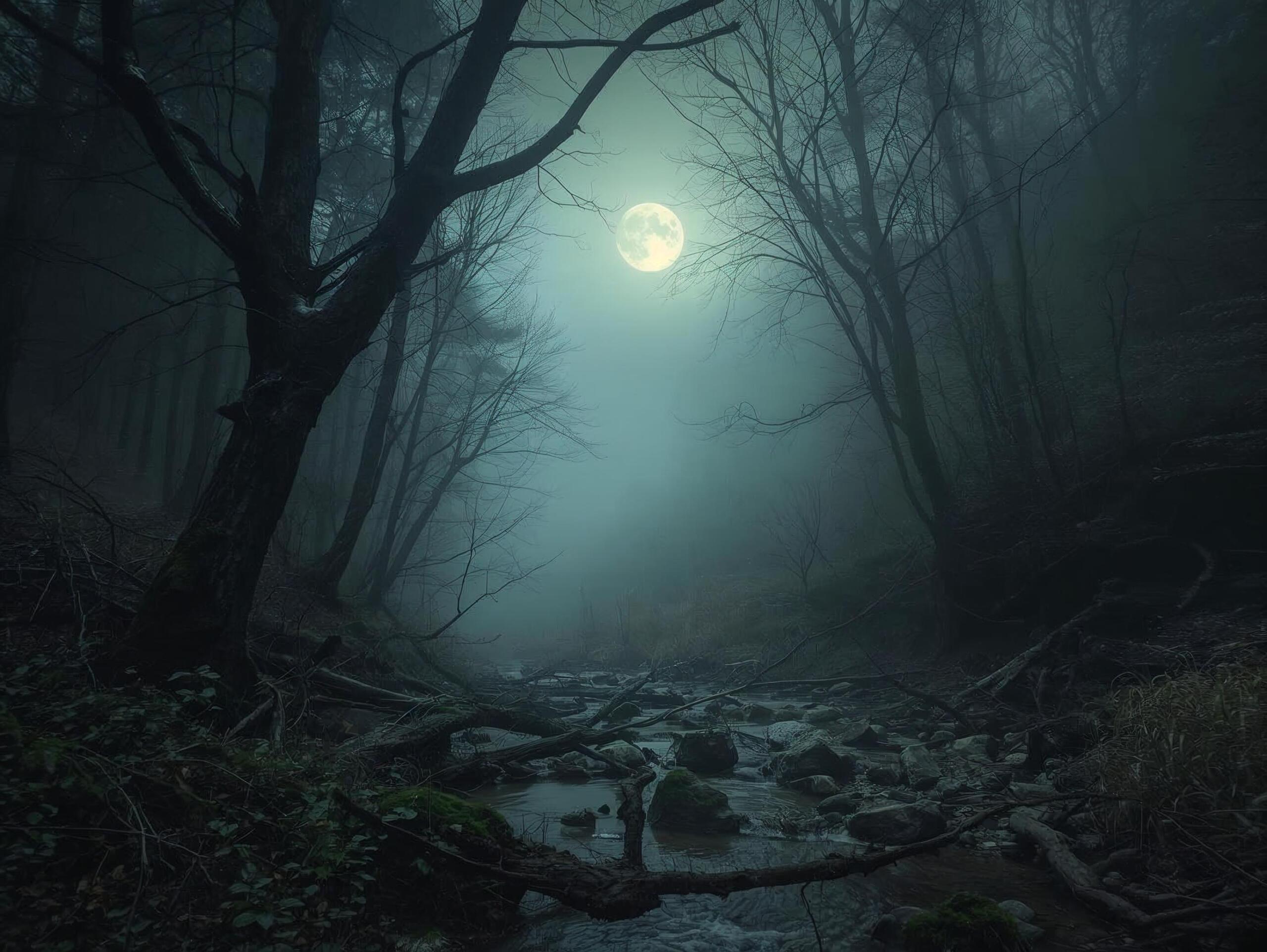EDITOR’S NOTE: Strangeville explores the curious and unexplained stories that have long defined Asheville and Western North Carolina. The region is full of unanswered questions, from old folklore and local legends to eerie encounters, unsolved moments in history, and the true-crime mysteries that still leave people wondering. Each week, we look back with an open mind and a sense of curiosity, trying to understand why some stories take hold and why some can never be explained.
FRANKLIN, N.C. — Long before the Nantahala River became a haven for kayakers and hikers, the Cherokee told of a terror that haunted its banks. They called it U’lag‘û — a giant yellow-jacket, said to be as large as a house, that carried children off into the wilderness.
According to accounts collected in the late 1800s by ethnographer James Mooney, U’lag‘û’s reign of fear centered on a settlement the Cherokee called Kanu′gaʻlâ′yĭ, or “Brier-town,” near present-day Franklin. Hunters described the insect as powerful enough to seize its victims and vanish into the forest.
The people devised a plan to track U’lag‘û. They tied a deer carcass to a long white cord, hoping the creature would take the bait. When it did, the string led them to a cave. Inside, U’lag‘û was surrounded by swarms of smaller yellow-jackets nesting in tiered cells. The hunters built fires at the mouth of the cave and smoked the giant out, killing the monster and many of its brood.
Cherokee tradition says the survivors scattered across the land — becoming the yellow-jackets that still sting today.
The story is more than a tale of a monster insect. It is also an origin story. In some tellings, the death of other great creatures gave rise to fish and frogs. It ties language to the land: the cave became known as Tsgâgûñ′yĭ, “Where the yellow-jacket was,” while a nearby gap in the mountains — today’s Wayah Gap — was remembered as A′tahi′ta, “Where they shouted.”
Even the name Nantahala, the river that winds through the gorge where the story is set, carries a reminder of place. In Cherokee it means “Land of the Noonday Sun,” a nod to the cliffs so steep that sunlight reaches the valley floor only at midday.
Like many Cherokee stories, the legend of U’lag‘û explains the natural world and marks the land with memory. For those who travel through the Nantahala today, the forests and gaps hold not just beauty, but echoes of a time when the mountains were alive with stories.







